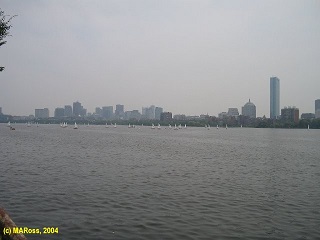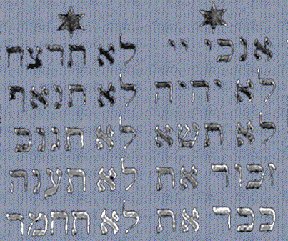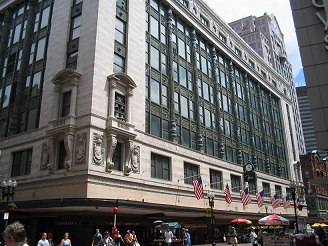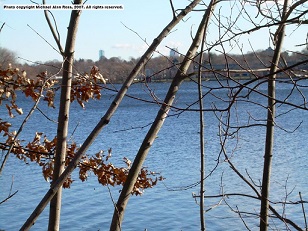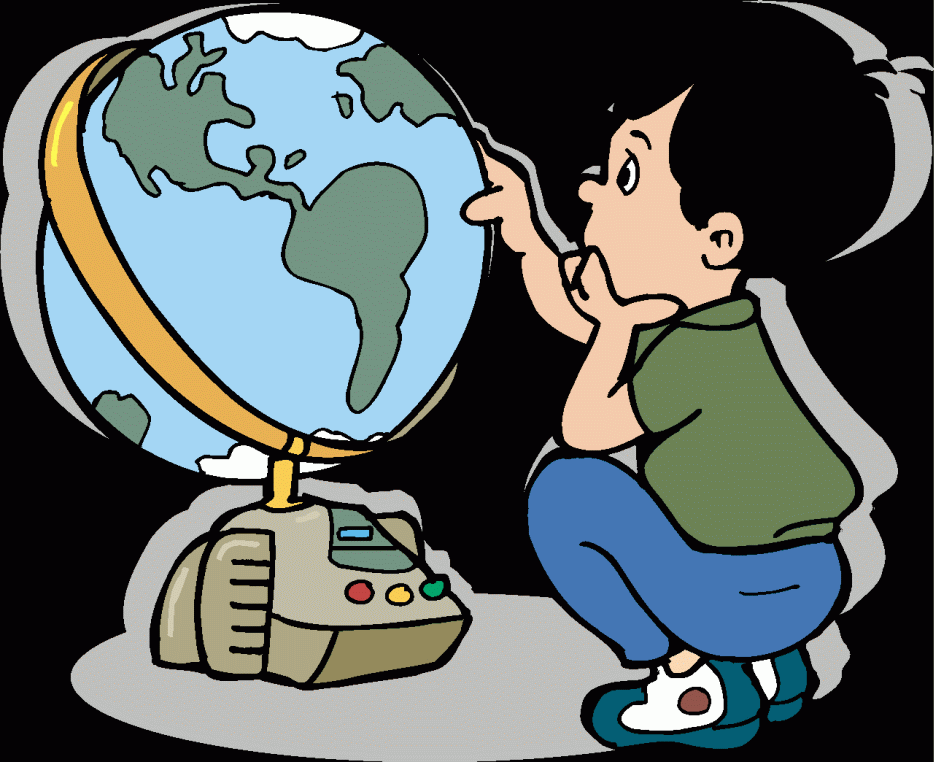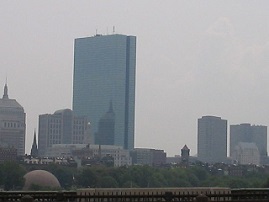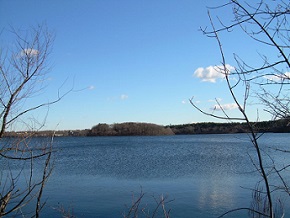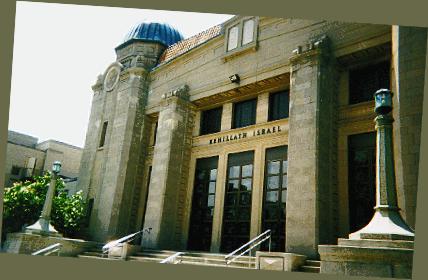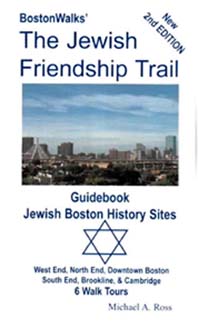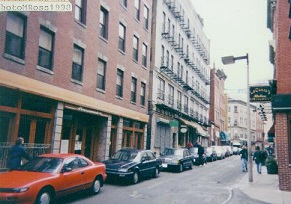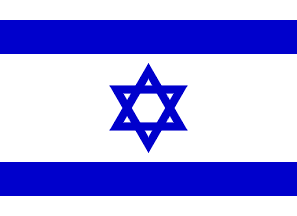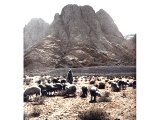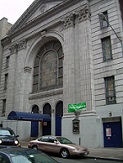CLICK HERE TO VIEW OUR MOST RECENT WEBSITE
JEWISH SITES & HISTORY IN PHOENIX AND SCOTTSDALE, ARIZONA
Discover Jewish History in Some of America's Greatest Cities!
Jewish Friendship Trail Guidebooks, as of 2020, only are available directly from the author/publisher. To purchase a Jewish Friendship Trail Guidebook, Email: BostonWalks
NOW AVAILABLE - (1) Phoenix Scottsdale Jewish Friendship Trail GuideBook
with 7 Tours of Sites of Phoenix Scottsdale Jewry!
Was $19.95 USD Now $8.00 USD + $3 Media Mail
Order your copy now directly from publisher.
(2) BostonWalks Jewish Friendship Trail GuideBook
with 6 Tours of Sites of Boston, Brookline, and Cambridge Jewry!
Was $19.95 USD Now $8.00 USD + $3 Media Mail
Order your copy now directly from publisher.
(3) BostonWalks The Ten Commandments GuideBook
with creative suggestions for approaching our Ten Commandments!
Was $19.95 USD Now $8.00 USD + $3 Media Mail
Order your reduced price copy now directly from publisher.
Email: BostonWalks
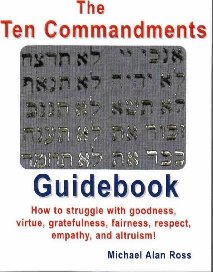
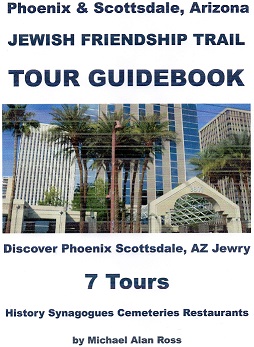


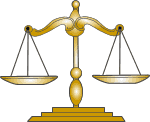
Discover the Boston homes of Justice Louis Dembitz Brandeis here! |
Celebrating 361
Years |
Now available!The Jewish Friendship Trail Guidebook6
Self-Guided Walking/Bicycling Jewish Boston History Tours Covers
Boston, Brookline, and Cambridge Softcover 198 pages with maps &
b/w photos Click here |
Now available!
The Ten Commandments Guidebook Ways to Self-Struggle with
Classic Morals In Song, Poetry, and Prose
Covers 10 Commandments Plus One Other! Softcover 153 pages with
practical suggestions pages! Click here |

Boston Walks
The Jewish Friendship Trail
in
Boston, MA
An Ethnic Group's Passage
Copyright
with a friendly smile by Michael Alan Ross, Belmont MA, 1997-2015.
All Rights
Reserved.
Email: BostonWalks
BostonWalks'
|
We've been leading walking tours of Boston for about ten years. So, when we were asked to devise a center of the city, Jewish walking tour of Boston, the Athens of America, we knew that we would walk many of Boston's streets and alleys before suggesting this friendship trail.
Once known as a new Jerusalem, it wasn't until the mid-1800s - after various legal and attitudinal barriers were lowered, that Boston began to attract a community of Jews.
During the years 1875 to 1925, approximately fifty to seventy thousand Jewish immigrants arrived and stayed in Boston. The City - which in the mid-1800s was a two-pronged peninsula with a narrow neck attaching it to the mainland - by 1900, had filled in both Mill Pond (joining its North and West Ends) and Back Bay (enlarging the lower and upper South Ends).
The bulk of those fifty to seventy thousand Jewish immigrants initially settled in Boston's North and West Ends, including the back side of Beacon Hill down to the Charles River. Some of them initially settled in the lower and upper South Ends and many of them initially settled across the harbor in Chelsea and parts of East Boston.
BostonWalks' "The Jewish Friendship Trail" is designed as a half dozen, 1.5 hour walking tours. You actually can walk them on your own by buying and utilizing our guidebook BostonWalks The Jewish Friendship Trail Guidebook. For the moment, though, let's vicariously walk, to these sites of Jewish Experience in Boston's West and North Ends circa 1870s through 1920s:
- (1) Our first stop is Otis Place at the base of Beacon Hill,
near the Charles River. If you had been here during the 1st two
decades of the 1900s, you might have recognized Justice Louis Dembitz
Brandeis coming home. During the 2nd two decades, Edward Albert
Filene walked home to this same, small street. Both men were
well-dressed, and one, E. A. Filene, was somewhat dapper.
Brandeis made this townhouse his home starting around 1900 while
Filene didn't move here until close to 1920.
Louis Dembitz Brandeis was appointed U.S. Supreme Court Justice
by President Woodrow Wilson in 1916 and thereafter made his Winter
home in Washington DC. Edward Albert Filene, President of Filene's
Department Store, lived here until his death in 1937.
Brandeis' and Filene's business and personal relationship stretched
over forty years from the 1890s until Filene's death. While Edward
Filene, himself, was not known for his Jewish involvement, his brother
Lincoln and his partner Louis Kirstein were major participants in
Boston's Jewish community. Indirectly, Filene espoused Jewish concerns
when he worked with Brandeis for employees rights and public
transportation. Brandeis, from his midlife on, became a model
not only for Boston's but all Jewish immigrants as he became not
only the figurehead leader of American Zionism but also a voice
on the Supreme Court for progressive interpretations of the
United States Constitution.
- (2) We'll now walk up Phillips Street on the backside of
Beacon Hill to our next site. Along the way, on Phillips Street,
we'll note the interesting exchange of demographics that
occurred on the North slope of Beacon Hill as the African-American
and Jewish-American communities utilized many of the same
buildings for similar and different purposes as each group
passed through this area. Particularly, synagogues and churches
were sold or exchanged between the two populations as each
group waxed and waned here.
There is information about
several buildings on Phillips Street which were used for Jewish
retail as well as residential purposes from the turn of the
century to the 1930s. But we're headed to the Vilner Shul,
completed around 1920 here on Phillips Street.
Founded by
a landsmanschaften of Jewish immigrants from Lithuania some
twenty years earlier, this chevra of Jews finally built this
shul after occupying several other sites on the Street.
A considerable amount of the labor in building the shul was
provided by the immigrants themselves.
While there is some debate
about the origins of the aron kodish (the housing for the Torah
scrolls), the aron kodish may well be a Sam Katz original or, perhaps,
embellished with Sam Katz wooden ornaments. The shul is a fascinating
reminder of a working class, small shul. Its active use was
from the 1920s to the early 1980s.
- (3) Further Eastward, after going up to Myrtle Street
and then down Joy Street, we come to another landsmanschaften's
little shul. This chevra came from Libawitz and purchased
its house of worship from African-Americans in the late
1890s. Anshe Libawitz on Smith Court served as strong Orthodox shul
through 1940s, and owned this site until the early
1970s. Its womens' section was up a steep circular set of stairs
which can still be climbed today.
- (4) Proceeding down the Hill to Cambridge Street, we turn left
until reaching Blossom Street. The unassuming brick building
with a Massachusetts General Hospital sign reading
"West End House" hardly does justice to the actual and symbolic history
of this building.
As the thousands of Jewish immigrants poured
into Boston before and after the turn of the century, the immigrants
themselves, volunteers, and eventually social workers began establishing sites where immigrants and their children would have
opportunities for job training, education to become American citizens, cultural life, and recreation.
Two examples of these sites were:
- Lina Hecht's
and Golde Bamber's Hebrew Industrial School and Hecht Neighborhood
Houses which were started in the North End and moved to the West End. These sites no longer exist.
- Meyer Bloomfield's and Phillip Davis' Civic Service Center, now a
restaurant with apartments above it, on the corner of Salem Street and Jerusalem Place, diagonally across Salem Street from the former North End fire
station.
Another example of the few sites which still exists is the West End House.
The West End House evolved from an immigrant Jewish boys
club, the Excelsior Club, which consisted of thirty-five Jewish
boys who grouped together for sports, culture, and social
gatherings. They also on occasion performed a play. It was
the performance of one of their plays which eventually led
to the funding of the West End House as a non-sectarian organization
and the construction of this building. I'm pleased to tell
that story.
- (5)The West End House sat in the midst of a thriving Jewish community with
many small and a few large synagogues. Two of the largest were located on North Russell Street which ran parallel to and East of Blossom Street and on Wall
Street which was closer to todays Fleet Center. Officially, the North Russell Street Shul was known as Congegation Beit HaMidrash HaGadol. It was established in
1904 and located on North Russell Street in 1923. Officially, the Wall Street Synagogue was called Congregation Beit Yaakov. It was established in 1888 and
stood on Wall Street until 1941. In that year, these two synagogues joined, using the North Russell Street location.
The synagogue which we're about to visit,
officially, is called Beit HaMidrash HaGadol Beit Yaakov, known today as The
Boston Synagogue. How that came to be also is a story.
- (6) Leaving The Boston Synagogue, we follow Causeway
Street in the reverse direction which some Jewish immigrants
might have pursued in moving from the North to the West End
during the late 1890s. We'll enter the North End from Prince
Street. At the corner of Prince and Salem Streets, in the 1890s,
a little store called "the Greenie Store" was a first venture
into retail food marketing by the Rabb (nee' Rubinowitz) family who,
a generation later, would create Stop & Shop, a large Boston-based
supermarket chain.
Turning right onto Salem Street, we pass by the building in which the Civic Service
Center once was located. Immediately past that, in the first of two alleyways which were an important part of North End Jewish life in the late 1880s, 1890s,
and very early 1900s; we can discover evidence of those years.
- Baldwin
Place Shul
(officially Beit Israel) 1889-1920, the RaMaZ, and the Baldwin Place
Hebrew School
- Jerusalem Place (fka Carroll Place) Shul (officially
Shaarei Yerushalayim 1903-1945, and the Jerusalem Place Hebrew School
- (7) Afterwards, on Cooper Street, we'll note the buildings which housed the B'not Israel Sheltering
Home,
Stanetsky's Funeral Home, and the most obvious today,
the Segel residence. When the Segel residence was built
in 1896, the Bnot Israel Sheltering Home was a forty bed
facility, providing a place for new Jewish immigrants to
sleep during their first days and weeks in Boston.
- (8) Taking Parmenter Street to Hanover Street, we'll pass by
buildings which once housed a Matzah factory and one which housed earlier North End Jewish synagogues: Shomre Beth Abraham which was housed in Cockerel Hall from 1886 to
1893, also led by the RaMaZ. There were several other shuls on Hanover Street which predated the Cockerel Hall shul. Also, in Cockerel Hall was
another Hebrew School.
- (9) Our final site on this walking tour of Boston's
West and North Ends is a newcomer. Completed in the Fall of
1995, it appropriately memorializes Jews who lost their lives
among the same groups of Central and Eastern European Jewry
who didn't make it to Boston during the previous half century.
Their grandfathers who came here to Boston rapidly Americanized
and spread over much of Greater Boston. But it was here in the
North and West Ends where they landed and began new lives.
There is information about several buildings on Phillips Street which were used for Jewish retail as well as residential purposes from the turn of the century to the 1930s. But we're headed to the Vilner Shul, completed around 1920 here on Phillips Street.
Founded by a landsmanschaften of Jewish immigrants from Lithuania some twenty years earlier, this chevra of Jews finally built this shul after occupying several other sites on the Street. A considerable amount of the labor in building the shul was provided by the immigrants themselves.
While there is some debate about the origins of the aron kodish (the housing for the Torah scrolls), the aron kodish may well be a Sam Katz original or, perhaps, embellished with Sam Katz wooden ornaments. The shul is a fascinating reminder of a working class, small shul. Its active use was from the 1920s to the early 1980s.
As the thousands of Jewish immigrants poured into Boston before and after the turn of the century, the immigrants themselves, volunteers, and eventually social workers began establishing sites where immigrants and their children would have opportunities for job training, education to become American citizens, cultural life, and recreation.
Two examples of these sites were:
- Lina Hecht's and Golde Bamber's Hebrew Industrial School and Hecht Neighborhood Houses which were started in the North End and moved to the West End. These sites no longer exist.
- Meyer Bloomfield's and Phillip Davis' Civic Service Center, now a restaurant with apartments above it, on the corner of Salem Street and Jerusalem Place, diagonally across Salem Street from the former North End fire station.
Another example of the few sites which still exists is the West End House.
The West End House evolved from an immigrant Jewish boys
club, the Excelsior Club, which consisted of thirty-five Jewish
boys who grouped together for sports, culture, and social
gatherings. They also on occasion performed a play. It was
the performance of one of their plays which eventually led
to the funding of the West End House as a non-sectarian organization
and the construction of this building. I'm pleased to tell
that story.
The synagogue which we're about to visit,
officially, is called Beit HaMidrash HaGadol Beit Yaakov, known today as The
Boston Synagogue. How that came to be also is a story.
- Baldwin Place Shul (officially Beit Israel) 1889-1920, the RaMaZ, and the Baldwin Place Hebrew School
- Jerusalem Place (fka Carroll Place) Shul (officially Shaarei Yerushalayim 1903-1945, and the Jerusalem Place Hebrew School

Hope you enjoyed our online walking tour of sites of Jewish experience in Boston's
West and North Ends.
For additional Jewish and other ethnic walking tours of Boston,
see the following websites:
- Boston
MA's Top Ten Waterside Places to Walk
- BostonWalks' Large Group
Walking & Bicycling Tours of Boston & Environs
Brookline
MA Jewish History Sites
- Boston
MA Jewish History Sites
- Boston's
North End Synagogue Sites
- Cambridge
MA Jewish History Sites
- Boston's
South End Jewish History Sites
- Boston,
Brookline, and Cambridge Houses of Worship
Brookline
MA Jewish History Sites
Have you clicked on these, on-line selections from Michael
Alan Ross' new, |

The Jewish Friendship
Trail in Boston's West and North Ends includes the
homes of |
Now available!The Jewish Friendship Trail Guidebook6
Self-Guided Walking/Bicycling Jewish Boston History Tours Covers
Boston, Brookline, and Cambridge Softcover 198 pages with maps &
b/w photos Click here |
Now available!
The Ten Commandments Guidebook Ways to Self-Struggle with
Classic Morals In Song, Poetry, and Prose
Covers 10 Commandments Plus One Other! Softcover 153 pages with
practical suggestions pages! Click here |

by Michael Alan Ross |
Copyright Michael Alan
Ross, 1999-2015. All Rights Reserved.
Email: BostonWalks
Chazak Ve-ematz |

Click here for 10 reasons for more bike trails!
Isn't it time to Attract Middle Class Families Back into Our Cities?
Here's 10 Ways to bring middle-class families back into cities like NYC:
10 Ways to Bring Middle Class Families Back into New York City, Boston, Baltimore, Philadelphia, Washington, DC, Atlanta, and other Citiesconsidering the best of the suburban paradigm for our large cities. |
Are you curious about what are some of the ethical reasons for single-payer universal health care insurance?10 Moral Reasons for One Payer Universal Health Care Insurance for Americain light of Hillel's If I'm only for myself, what am I? |
|
by Michael Alan Ross |
Do you know how many Americans die yearly in car crashes?...
 ...How many?
...How many?
|
We know that there are other belly laughs our there.
|
|
Sing Sense to America
|



Question: What's a political mensch?
Answer #1 |


BostonWalksIntegrating the urban, modern Jewish American city experience with its historical sites and themes in such locales as Boston, MA, Portland, ME, East Bay and Providence, RI, and the Upper West Side of Manhattan, NYC.
|




